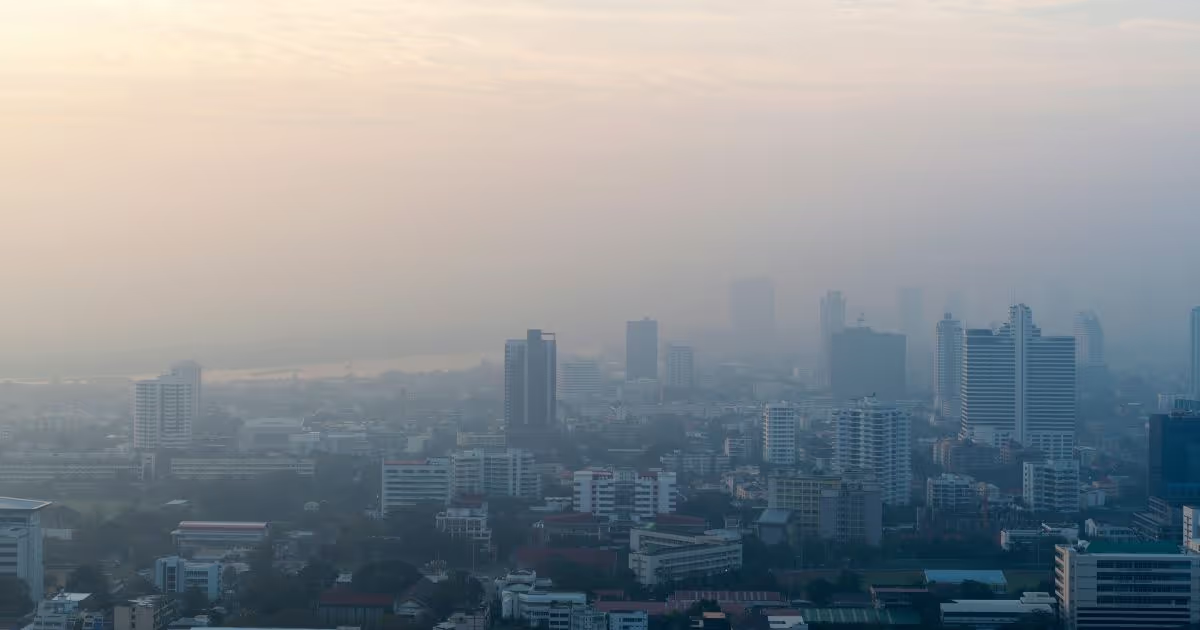How does air pollution, especially PM2.5, affect your health?
Air pollution, particularly PM2.5, is at alarmingly high levels in Thailand, causing widespread fear and illnesses among the Thai population. While there are numerous online articles addressing the causes of PM2.5, there is scarce information explaining how PM2.5 damages the lungs.
Dust and pathogen clearance mechanism in our body
On average, a person inhales approximately 20,000 liters of air daily (weighing around 20 kilograms). This air contains harmful dust particles, gases, soot, fungi, bacteria, and viruses that enter the bronchi and alveoli.
The human respiratory system possesses sophisticated defense mechanisms to eliminate these foreign small particles. The first line of defense against airborne contaminants in the upper airways consists of microscopic, hair-like structures called cilia, which are found on the ciliated epithelial cells lining the bronchi. Cilia move to push the mucus layer with trapped pathogens and dust particles up toward the larger bronchi. The mucus is then either coughed out or swallowed.
Excessive PM2.5 is harmful to the lungs and heart.
Fine particulate matter smaller than 3-5 microns can evade ciliary clearance, penetrating the deepest regions of the lungs and causing pulmonary damage. They are usually dealt with by alveolar macrophages, a type of white blood cell that resides on the surface of the alveoli. These macrophages engulf and destroy foreign particles. Additionally, if there is an excess of dust or pathogens, another type of white blood cell, known as neutrophils, will be recruited to assist in the defense. When there is an excessive amount of pathogens and PM2.5 beyond the capacity of the lungs and body to eliminate, these particles can damage the lungs, impairing their function and leading to respiratory failure, which can also affect the heart, potentially resulting in fatal consequences, and sometimes causing lung cancer and death. Minimizing exposure to PM2.5 is therefore critical for protecting health and reducing the risk of severe diseases.
The dangers of PM2.5 require urgent attention. It is vital for the public to unite and take action to control the levels of PM2.5 generated by various combustion sources, burning of harvested rice fields. Such efforts will significantly improve health and ensure a safer and higher quality of life.
Reference: Defense Mechanisms of the Respiratory System by Rebecca Dezube, MD, MHS, Johns Hopkins University






